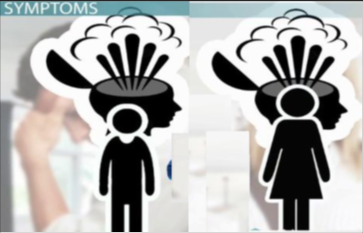Clinically Diagnosed Self-Management Therapy to Reduce Psychological Distress among Young People in India – An Empirical Study
Main Article Content
Abstract
Self-management therapy is becoming more and more accepted in India that self-management support is an essential component of chronic illness care for young people. An increasing number of adolescents in India are adjusting to the role of self-manager in their care for a chronic condition as a result of the rising incidence of long-term psychological distress and health conditions among young people and the improved survival rates of previously life-limiting conditions among young people in India.This is a necessary step in the process of transitioning to adulthood. Although adherence to self-management therapy has been identified as a major challenge for young people living with a psychological condition such as anxiety, depression, mental labour, physical labour, and/or lifestyle modifications, this does not negate the fact that self-management therapy is an effective treatment option for these young people. The majority of systematic reviews on self-management therapies focus on interventions for adult populations. Only a small number of intervention trials are geared for young individuals with chronic conditions who are in the process of transitioning to adult health services. The purpose of this research was to collect evidence on clinically diagnosed self-management treatment as a means of reducing psychological discomfort experienced by young people in India. A standardised questionnaire was used, and eight important considerations were taken into account. The findings have been analysed using the Anova and t-test procedures.

